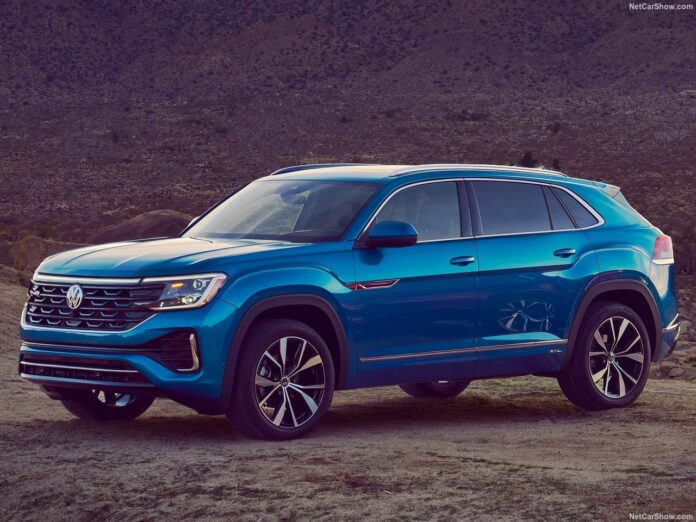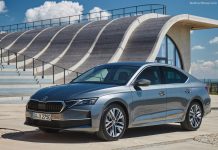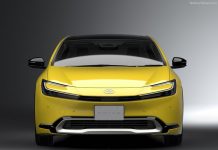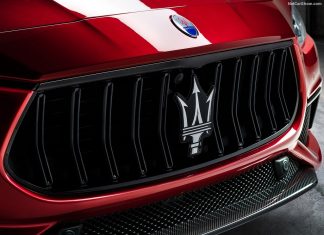Croatian Cars Market in 2025 keeps expanding steadily. Sales up to September gained 7.7%, recovering from Q1 stagnation. Opel posted the largest growth, up 54.3% in 3rd and outpacing Renault which fell into 4th.
Economic Environment
Despite experiencing a contraction in Q1, Q2 figures for the Croatian car market showed a trend of recovery, growing 7.7% up to September 2025 and reaching 55,251 units.
Brand-wise, Skoda was still leader with a share of 13.5% (+7%), followed by Volkswagen in 2nd (+9.4%) and Opel -up 3 spots- in 3rd (+54.3%).
In fourth place ranked Renault which also lost 1 spot (+20.8%), while Suzuki followed in 5th (-8.9%) and Dacia -up 2 spots- in 6th (+18.6%).
Toyota dropped 3 spots and ranked 7th (-6.3%) followed by Hyundai in 8th (-10.1%), Kia in 9th (-11.9%) and in 10th place Audi (+7.9%).
The best-selling car was the Skoda Octavia despite losing 9.4%, followed closely by the Opel Corsa (+46.1%) and by the Volkswagen T-Cross (+42%).
EV Market Trend and Outlook
Croatia’s EV segment keeps shrinking, down 22.7% up to September and falling behind EV trends. Still, the market could potentially expand in the future as consumer demand becomes less and less reliant on subsidies.
Mercedes became the segment leader and climbed 2 spots despite losing 8.6% while replacing Tesla which fell into 7th. Skoda ranked 2nd gaining 32.3%.
Medium-Term Market Trend
Between 2014 and 2024, Croatia’s car market nearly doubled, expanding from 33,953 to 62,931 units as strong household consumption and stable GDP growth supported demand. The pandemic caused a sharp 42.8% drop in 2020, but sales rebounded rapidly in 2021 and maintained positive momentum through 2024 despite a brief 2022 contraction.
However, EV adoption remained sluggish due to infrastructure gaps and slow implementation, with meaningful uptake only beginning in 2023 and still making up a negligible share of overall car sales. Looking ahead, stronger policy incentives, EU funds, and robust charging infrastructure investment should help the EV segment gain traction, although growth will likely remain gradual until consumer confidence rises further and cost barriers ease.
Tables with sales figures
In the tables below we report sales for all Brands, top 10 Manufacturers Group and top 10 Models.











